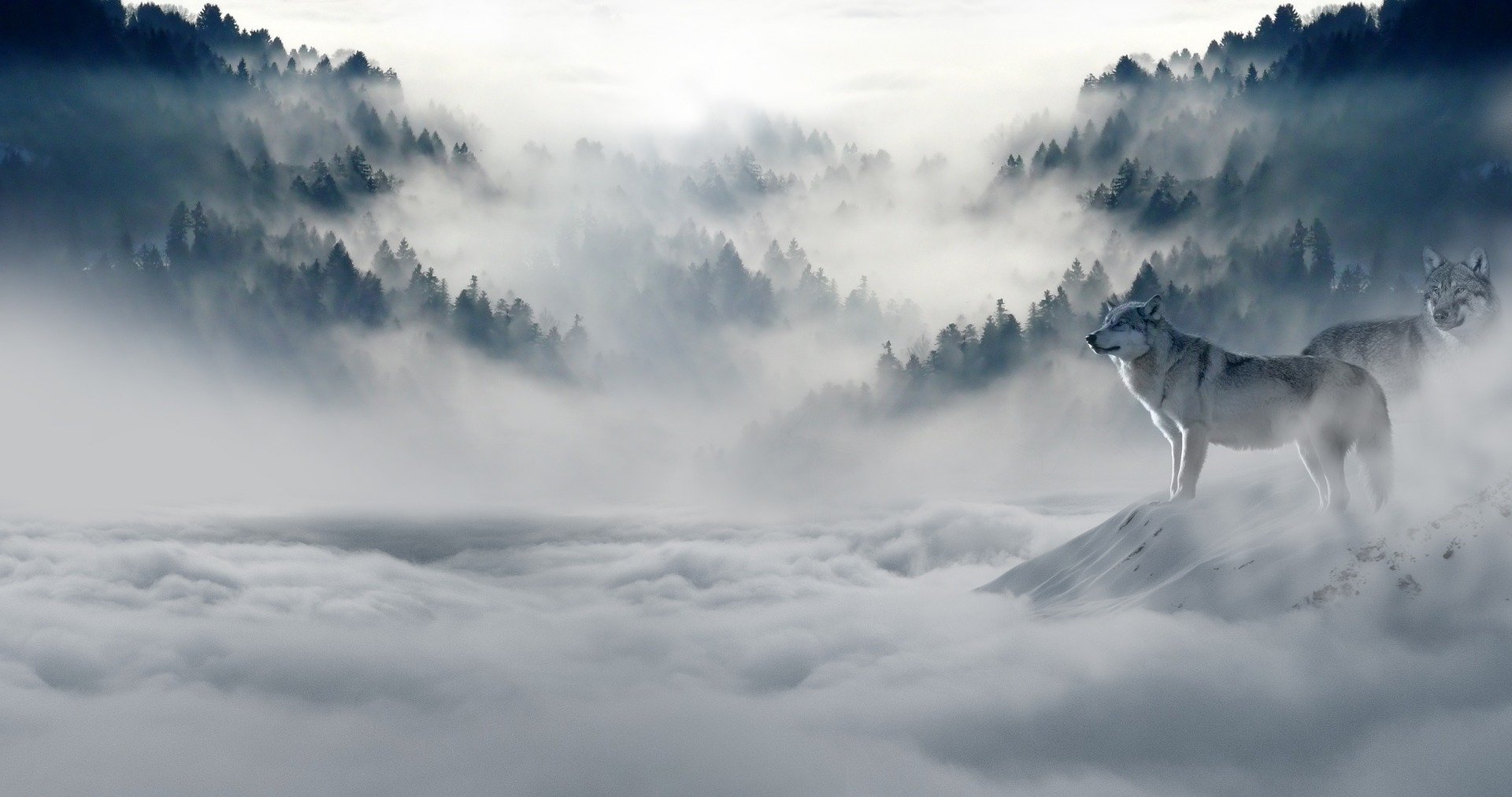Supernatural Beings – The Wendigo
It’s bitterly cold. You tug your fur hood around your head, desperately searching for a little extra warmth. As you trudge through the snow, you’re started to regret agreeing to a hunting trip in the winter.
But then there! In the distance, you see a buck. You’re spirits lift. It looks huge. Raising the sights to your eyes, you can’t believe what you see. It appears to be stood on two legs! It’s at this point you realise it’s looking at you.
Fear floods your body. You no longer feel the cold. As you turn to flee, you see it set off after you. Within a second or two it’s upon you.
Tearing at you with its claws. Ripping at your flesh with its fangs. Slowly, the world fades to black.
The First Nations tribes of Upper North America all share a similar myth. A cannibalistic beast that roams the land. The Wendigo. Although they are all careful not to say its name. Lest it turn its attention to you.
Through all of the stories runs a central theme. The Wendigo lives in the cold. Desolation is its friend.
They are thin. Gaunt. Wendigo skin is pulled tight across its features. Bones poke and prod through the pallid skin. A smell of death and destruction follows in its wake.
To see one is to invite suffering and death. To become one is a fate worse than that.
Wendigo – Start of a Legend
Most of the legends state that the first Wendigo was born when a human resorted to cannibalism. A hunger for human flesh fired within them and the fire can never again be extinguished. This is probably why the Wendigo is associated with cold, winter and death. Think of it as a cautionary tale passed down from generation to generation.
Wendigos are said to be cursed to live forever. Wandering, looking for their next victim. Desperate to slake their hunger. Standing over 10 feet tall, the Wendigo is invariably described as having yellow fangs, glowing eyes and long vicious claws. Imagine a giant gaunt deer walking on its hind legs and you pretty much get the picture.

Stories about the Wendigo
Although First Nation tribes in North America have been passing down their stories for 100’s of years, the legend of the Wendigo caught popularity in 1907. Algernon Blackwood’s short story, The Wendigo (read the pdf here) helping to bring it into the forefront. It details a hunting trip in the frozen tundra of Ontario and their encounter with the Wendigo.
At a similar time, a Cree tribes member called Jack Fiddler was sharing his stories about killing Wendigo with a Methodist minister. Jack Fiddlers Cree name was Zhauwuno-geezhigo-gaubow (He who stands in the southern sky) and he was a shaman. Known for his ability to call forth animals and protect against spells, he was also a prolific Wendigo killer. Which was a problem for the Mounties of the region. You see, Wendigos are known to inhabit people and give them a thirst for human flesh. So killing a Wendigo necessitated killing a person too. Old Jack had allegedly killed 14 Wendigos. He was arrested with his brother and held for trial. Jack escaped and hanged himself before they could catch him.
These incidents led lots of credibility to the legend of the Wendigo. It moved from cautionary tale, to actual belief.
It even led to a medical diagnosis. The Windigo (sic) Psychosis. Psychodynamic, Cultural and Social Factors in Aberrant Behaviour. To give the paper its full title. It is solely focused on cannibalistic behaviour in tribes people from around the Great Lakes of North America.
Wendigo Psychosis shows that some people are driven to eat human flesh even when other food sources are nearby. One of the best known stories tells of a Cree trapper in the 1800’s. After the death of his eldest son, he murders and eats the rest of his family. Even though an outpost for food and supplies is nearby.
So what is the Wendigo? An actual beast that stalks the frozen land? A cautionary tale or a medical affliction? A little of each, if you ask me.
